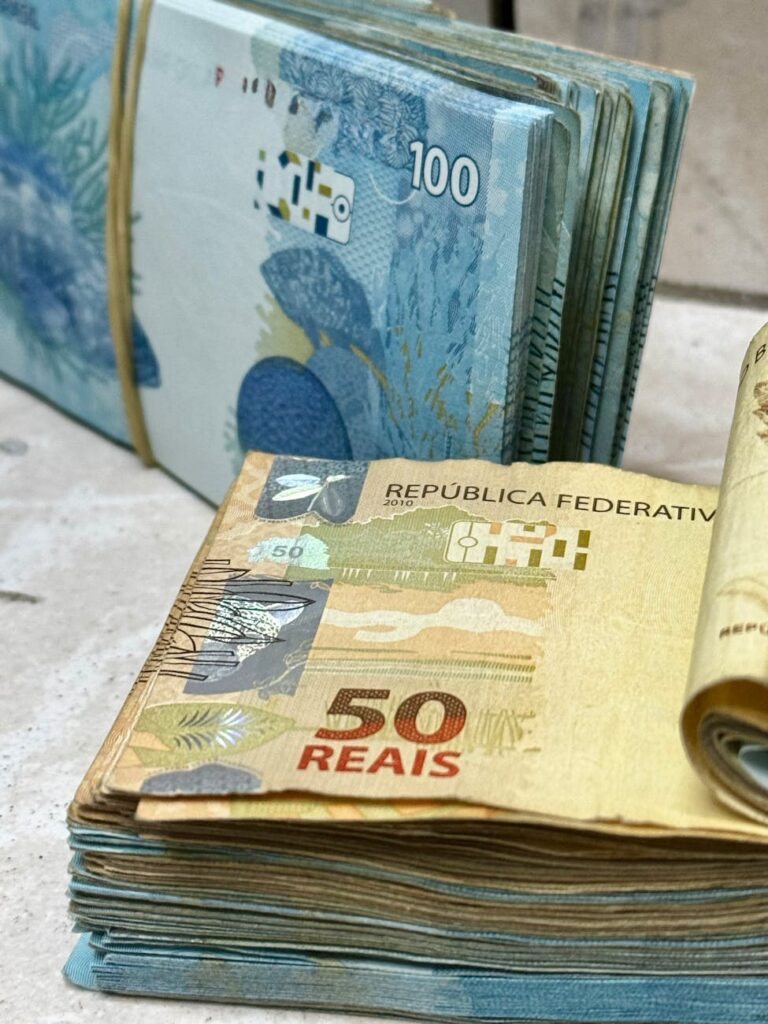The world of LPL FIN, or League of Legends Pro League Finance, is a fascinating blend of high-stakes competition, lucrative sponsorships, and complex business dealings. Understanding its inner workings provides insight into the booming esports industry as a whole.
Team Ownership and Investment
Owning an LPL team isn’t just about passion; it’s a significant financial investment. Teams are often valued in the millions, attracting both established corporations and high-net-worth individuals. The return on investment can be substantial, particularly for teams that consistently perform well. 
Player Salaries and Contracts
Professional League of Legends players in the LPL command impressive salaries. Top-tier players can earn millions annually, while even lesser-known players receive comfortable incomes. Contract negotiations involve complex legal considerations and often include performance-based bonuses. Learn more about player contracts.
Sponsorships and Brand Deals
Major brands actively seek partnerships with LPL teams and players. These sponsorships generate significant revenue for the league and its participants. We are seeing a wide range of sponsors, from gaming peripherals companies to international corporations. [IMAGE_2_HERE]
Prize Pools and Tournament Earnings
The LPL boasts substantial prize pools for its major tournaments, with the winners often taking home hundreds of thousands, if not millions, of dollars. These prize pools are a crucial source of revenue for competing teams. Check out recent tournament results.
Merchandise and Fan Engagement
Team merchandise, including jerseys, hats, and other branded items, represents a considerable revenue stream. Fan engagement through social media and online platforms also drives sales and increases brand visibility. The dedicated fanbase is vital to the LPL’s financial success.
Media Rights and Broadcasting Deals
The broadcasting rights to LPL matches are a highly lucrative asset. Major streaming platforms and television networks compete for these rights, fueling the league’s financial growth. Explore the media landscape of esports.
Infrastructure and Operational Costs
Maintaining a successful LPL team requires substantial investment in infrastructure, including training facilities, coaching staff, and support personnel. These operational costs are a significant factor in the financial management of any LPL team. [IMAGE_3_HERE]
The Future of LPL FIN
The future of LPL FIN appears bright. As esports continues to grow in popularity and viewership, the financial landscape will likely become even more complex and lucrative. We can expect to see further investment, increased competition, and innovative business models emerge. Read more about the future of esports.
In conclusion, the LPL’s financial ecosystem is a dynamic and ever-evolving environment. Understanding the key components – from player salaries to sponsorship deals – provides valuable insight into the business of professional esports. Discover more about the LPL’s history.
Frequently Asked Questions
How much do LPL players earn? Salaries vary greatly depending on the player’s skill, experience, and team. Top players can earn millions of dollars annually, while others may earn significantly less.
Who are the major sponsors of the LPL? The LPL attracts a diverse range of sponsors, including technology companies, gaming peripheral manufacturers, and international brands. See a list of current sponsors.
How profitable is owning an LPL team? The profitability of owning an LPL team depends on various factors, including team performance, sponsorship deals, and merchandise sales. Successful teams can generate significant profits.
What are the main sources of revenue for the LPL? Major revenue streams include broadcasting rights, sponsorships, merchandise sales, prize pools, and investments.



